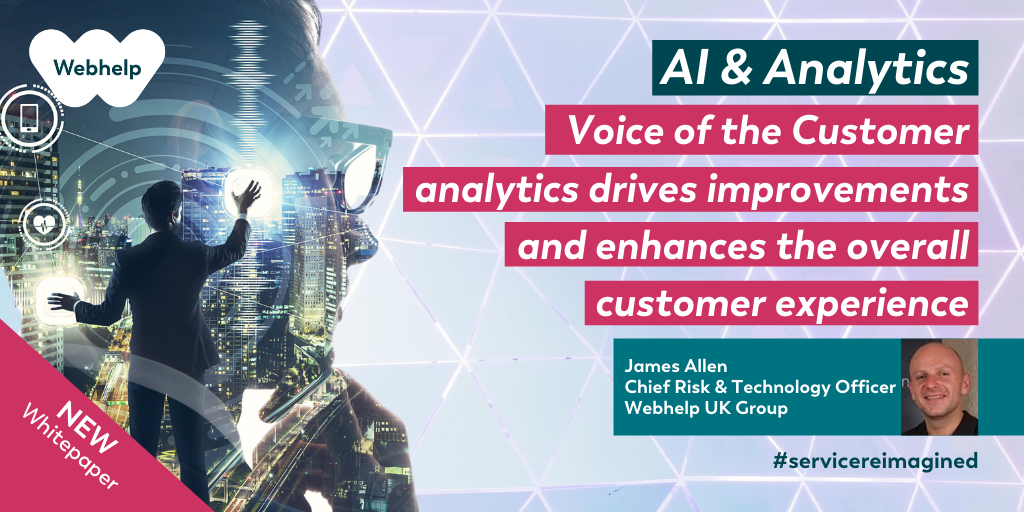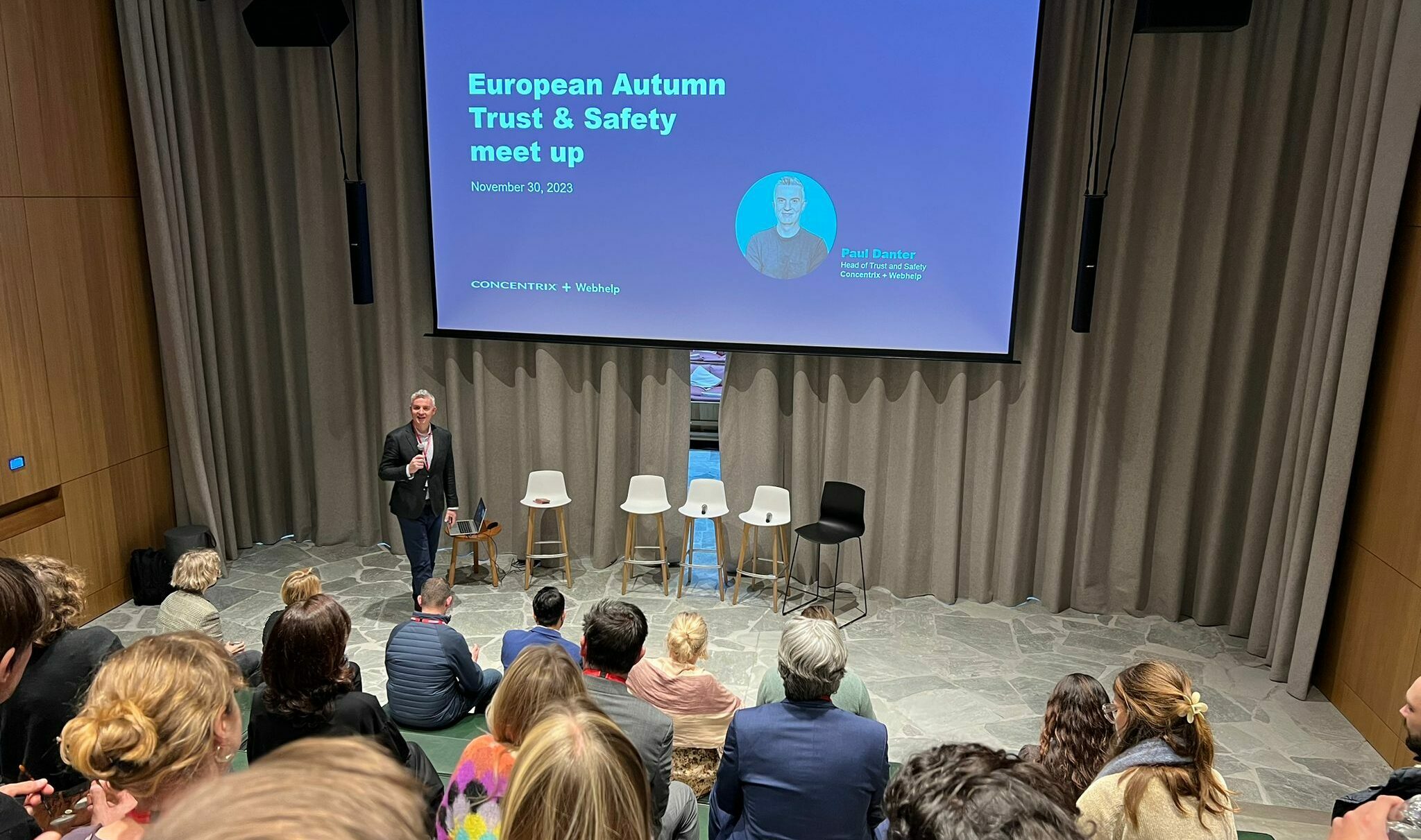Well before the COVID-19 pandemic began, the identification and protection of vulnerable customers was a significant focus for companies and regulators. Here James Allen, Chief Risk & Technology Officer for Webelp UK Group looks at the impact it will have, now and in the future.

In these testing times, the identification and protection of vulnerable customers will now assume even more importance as organisations work on proactively recognising customers who need assistance, prior to the predicted surge in demand for financial support – as aids like employee furloughs, payment holidays and credit schemes end.
Worryingly, prior to the outbreak over half of the UK population were already financially vulnerable, with one in six people unable to cope with a £50 increase in monthly bills, according to a survey of Britain’s personal finances by the City regulator. The Financial Conduct Authority’s biggest ever survey of households found that 4.1 million people are already in serious financial difficulty, falling behind with bills and credit card payments, with 25- to 34-year-olds the most over-indebted.
Furthermore, 50% of adults (over 25.6 million people) “display one or more characteristics that signal their potential vulnerability” and just under 8 million are over-indebted.
And this is not limited to the UK, as the 2019 Prosperity Now Scorecard finds that forty percent of American households lack a basic level of savings and don’t have enough savings to make ends meet at the poverty level for three months if their income was interrupted. Almost half (48.1%) of Americans with credit had scores below prime and 20% of households had no credit in the past 12 months and were likely to be without access to it.
Furthermore, a report from the ING Group states that southern European economies like Italy and Spain are especially vulnerable to the economic effects of COVID, exacerbated by the importance of tourism which accounts for at least 13% of GDP and about 15% of total employment. They also have a larger share of vulnerable workers and a higher chance of bankruptcies due to firm size.
However, throughout all this we must remember that vulnerability can be a temporary and fluctuating status, with many causes, including mental health, dementia, changes in employment and personal circumstances, literacy, numeracy and socioeconomic factors. It is key to use technology to help people on an individual basis, never forgetting that unique set of circumstances they may be experiencing.
Plus, regulators will be keeping a close eye on these new developments, and the pressure may soon be on firms to use all available routes to safeguard customers and prevent the global financial crisis from deepening.
So the question for many global companies has become, in the post COVID world, how do we identify and support customers who are financially vulnerable, without compromising operational efficiency?
And this is especially important for us at Webhelp, as we carry a people-first commitment and our think human value through to the customer base of over 32 clients in the UK, India and South Africa.
It’s clear that data analysis and artificial intelligence (AI) is already changing the way that companies offer support to their most vulnerable customers, and that this may play a part in reshaping the regulatory landscape. While establishing if someone is vulnerable and how best to support them is a very human judgment, at Webhelp we believe that sensitive and careful use of data, using AI to segment, can help direct the right customer support teams to the right people, spotting potential issues before they become a problem.
We combine the very best in technology and skilled people to create the best outcomes, as Chris Bryson, Webhelp Global Data & Analytics Director explains:
“We’re helping clients leave no stone unturned to reveal customer vulnerability. Whether customers tell us directly that they’re experiencing issues, or if they show characteristics of someone who can be vulnerable; using analytics from customer contacts and records helps us and our clients see those signals clearly.
We use our own unique speech and text analytics engine, which is applied to advisor and automated customer conversations. The resulting Voice of the Customer analytics drives constant improvements in the way we measure quality and enhances the overall customer experience.
As a result, we can help our clients to spot vulnerable customers who would otherwise slip through the net. At the heart, it’s about helping our advisors to better support that customer, and working with our clients to ensure they are recognising these signs of vulnerability.”
By using this insight, and access to the best analytical technology, and to the right people to put this in action for the greater good, we can confidently move forwards and create a better financial environment for both clients and customers in the future.
 To discover more about customer service models post COVID-19 read our new Whitepaper, a joint publication with Gobeyond Partners, part of the Webhelp Group, on Reimagining service for the new world. This aims to address these crucial questions and is underpinned by our unique industry perspective alongside new research to discover the operating models of the future.
To discover more about customer service models post COVID-19 read our new Whitepaper, a joint publication with Gobeyond Partners, part of the Webhelp Group, on Reimagining service for the new world. This aims to address these crucial questions and is underpinned by our unique industry perspective alongside new research to discover the operating models of the future.

![[Fashion] Choosing the right partners to grow your business in 2024, at a time when trust is fragile](https://media.webhelp.com/wp-content/uploads/2023/12/21090253/Office-Showcase-2.png)


